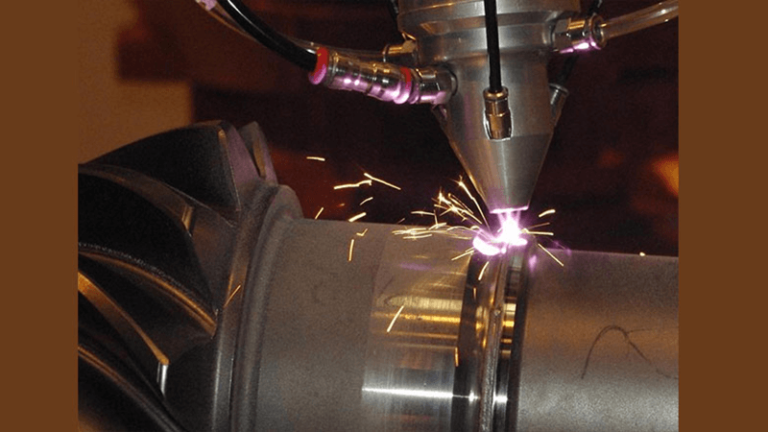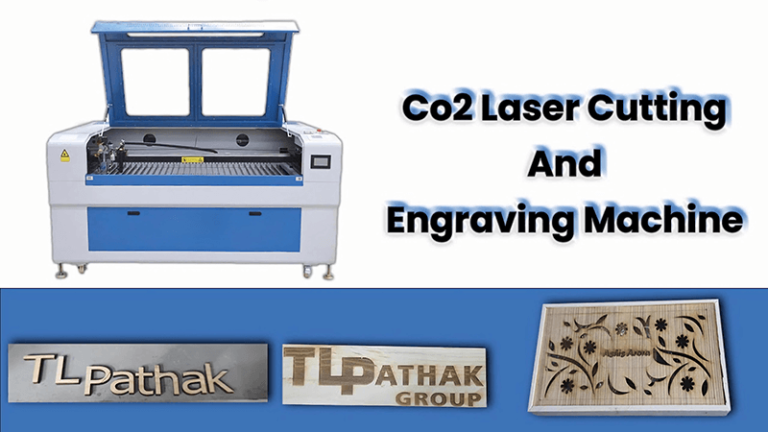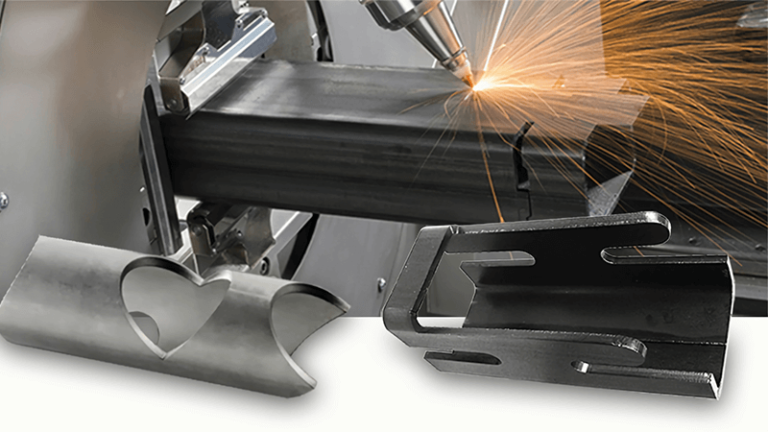When it comes to manufacturing, every second counts. Are you tired of slow cutting processes that drain resources and time? Metal cutting lasers offer a solution. They provide speed, precision, and efficiency that traditional cutting methods simply can’t match. These advanced machines are transforming industries by streamlining production processes and reducing costs.
Metal cutting lasers have become essential tools in modern manufacturing and fabrication processes, offering a range of advantages that enhance productivity, precision, and cost-effectiveness. This technology has transformed how industries handle metal cutting, making it a preferred choice across various sectors.
Imagine a cutting tool that not only slices through metal like butter but also minimizes waste. That's the magic of metal cutting lasers. They can deliver intricate designs and cuts with unmatched accuracy, making them an essential tool for modern industries.
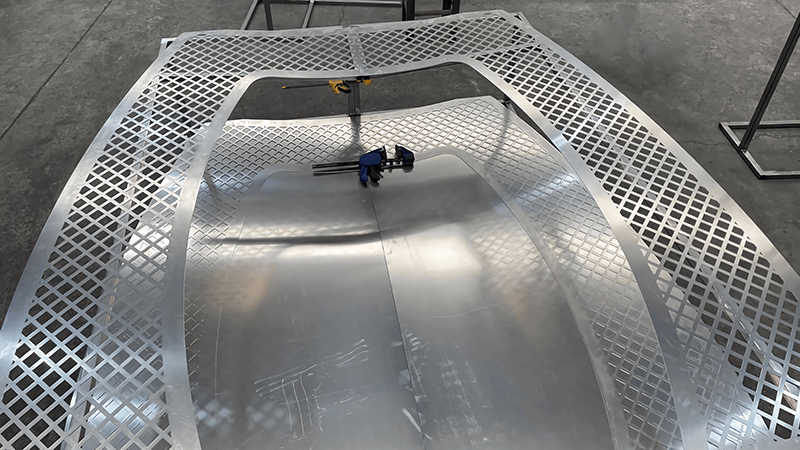
Why Should You Consider Metal Cutting Lasers?
How do metal cutting lasers enhance precision?
The answer lies in their technology. Laser cutting uses focused light beams to achieve clean, precise cuts that traditional methods struggle to replicate. This precision is vital for industries requiring exact specifications, like aerospace or automotive. Here are the key factors contributing to their precision:
1>. High-Focused Laser Beam
Laser cutting utilizes a highly focused beam that can achieve spot sizes as small as 25 microns, which is about a quarter of the width of a human hair. This focused energy allows for extremely narrow kerf widths, often less than 0.001 inches, resulting in precise cuts with minimal material removal.
2>. Computer-Operated Guidance
The cutting process is guided by computer-controlled systems that can integrate with CAD software. This integration ensures that cuts are made with high accuracy, typically within tolerances of ±0.0005 inches. The automation of the cutting path minimizes human error and enhances repeatability, allowing for consistent results across multiple production runs.
3>.Minimal Material Contact
Laser cutting does not require physical contact with the material being cut; instead, it relies on heat to vaporize or melt the material. This method reduces the risk of damage to the surrounding area and ensures that the integrity of the material remains intact. As a result, laser-cut parts exhibit smooth edges and high-quality finishes, often eliminating the need for secondary processing.
4>.Low Tolerance Levels
The precision of laser cutting is further enhanced by its low tolerance levels. The technology can produce cuts with very little variation from the intended design, which is crucial for applications requiring high fidelity. This capability is particularly important in industries such as aerospace and automotive, where exact specifications are critical.
5>.Capability for Complex Designs
Laser cutting technology excels at producing intricate designs and complex shapes that would be challenging to achieve with traditional cutting methods. This ability to handle detailed work without sacrificing accuracy makes it an invaluable tool in modern manufacturing.
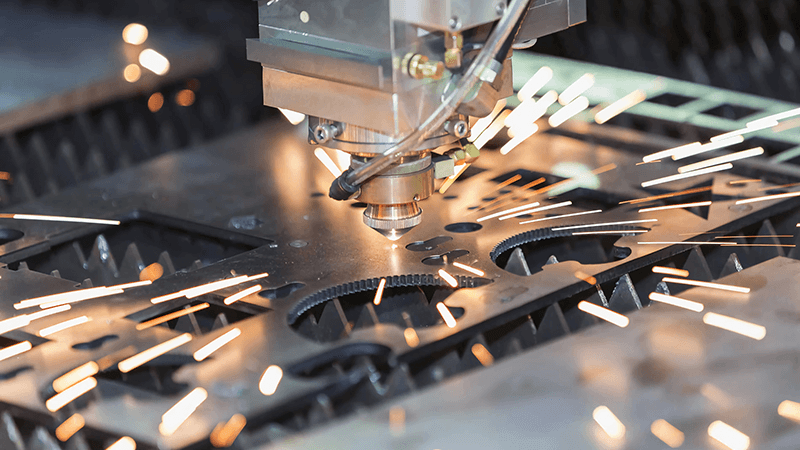
What are the cost savings associated with using lasers?
Investing in laser technology can lead to substantial savings over time. With lower operational costs, reduced material waste, and fewer tool replacements, companies can redirect funds toward innovation and growth.
Laser cutting technology offers significant cost savings for businesses in various industries due to several key factors:
1>. Reduced Material Waste
Laser cutting is known for its high precision, which minimizes the amount of scrap material generated during the cutting process. By optimizing material usage, companies can significantly reduce their raw material costs, leading to long-term financial benefits. This efficiency is particularly valuable in industries where materials are expensive, such as aerospace and automotive.
2>. Lower Labor Costs
The automation capabilities of laser cutting machines reduce the need for manual labor. With CNC-controlled systems, fewer operators are required, and the speed of the cutting process allows for quicker project completion. This efficiency translates to lower labor costs and improved productivity, enabling businesses to take on more projects within the same timeframe.
3>. Faster Turnaround Times
Laser cutting technology operates at high speeds, allowing for rapid processing of materials. This capability results in shorter lead times and quicker project completions, which can enhance customer satisfaction and increase overall throughput. Faster turnaround times mean that businesses can respond more quickly to market demands, potentially increasing sales and profitability.
4>. Versatility and Reduced Equipment Costs
A single laser cutting machine can handle a wide range of materials and applications, eliminating the need for multiple specialized machines. This versatility not only saves on equipment costs but also reduces the floor space required for manufacturing operations. As a result, companies can allocate resources more efficiently.
5>. Minimal Maintenance Requirements
Laser cutters, particularly fiber lasers, require less maintenance compared to traditional cutting methods. With fewer moving parts and a solid-state design, these machines have longer lifespans and lower maintenance costs. Reduced downtime due to maintenance means that companies can maximize machine utilization and minimize operational expenses.
6>. Energy Efficiency
Laser cutting systems consume less energy compared to other cutting methods like plasma or waterjet cutting. The efficient use of power not only lowers utility bills but also contributes to an overall reduction in operating costs.
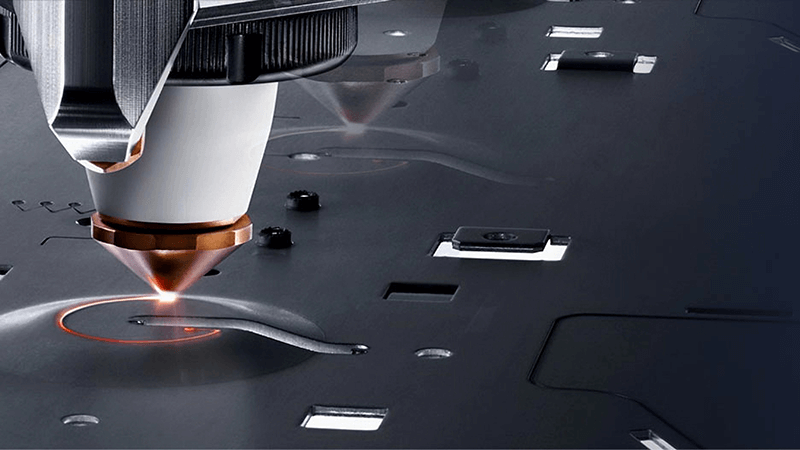
How do they improve speed in production?
Metal cutting lasers operate at high speeds, dramatically reducing production times. This allows businesses to meet tight deadlines and increase output without sacrificing quality.
Metal cutting lasers significantly improve speed in production through several key mechanisms:
1>. High Cutting Speeds
Laser cutting machines, particularly fiber lasers, can achieve cutting speeds of up to 1200 inches per minute (3050 cm/min). This performance is substantially faster than traditional methods such as bandsaw or wire cutting, which can take 10 to 100 times longer for similar tasks. The rapid cutting capabilities enable manufacturers to complete jobs quickly, resulting in faster production turnaround times and increased overall productivity.
2>. Minimal Setup Time
Fiber laser systems require minimal warm-up time and have fewer optical components to align, which reduces setup time significantly. This efficiency means that there is less downtime between jobs, allowing for more time spent on actual production work. Additionally, the lightweight cutting head allows for quick acceleration and deceleration, further reducing non-cutting time between features.
3>. Automation and CNC Control
The entire laser cutting process is automated and guided by CNC (Computer Numerical Control) systems, which eliminates the need for manual adjustments during operation. This automation allows for continuous operation without interruptions for adjustments, especially when cutting intricate parts. The precision of CNC control also ensures that cuts are made accurately and consistently, contributing to faster production cycles.
4>. Multi-Table Systems
Advanced laser cutting machines often feature multi-table systems, allowing for simultaneous loading/unloading and cutting. This capability enhances productivity by enabling operators to prepare new materials while the machine is still in operation, thereby minimizing idle time and maximizing output.
5>. Consistent Performance
Fiber lasers maintain consistent beam characteristics throughout their operation, reducing the need for frequent test cuts and adjustments. This stability translates into less time spent on setup and calibration, allowing manufacturers to focus on production rather than machine maintenance.

What safety benefits do metal cutting lasers offer?
Traditional cutting methods can pose safety risks, such as flying debris and sharp edges. Lasers, however, are safer to operate, reducing workplace accidents and promoting a safer environment for employees.
Metal cutting lasers offer several safety benefits that enhance the working environment for operators and reduce the risk of accidents. Here are the primary safety advantages associated with laser cutting technology:
1>. Non-Contact Cutting Process
Laser cutting is a non-contact method, which means there is no physical interaction between the cutting tool and the material. This eliminates the risk of accidental injuries that can occur with traditional cutting methods that involve blades or saws, reducing the likelihood of cuts and lacerations for operators.
2>. Reduced Risk of Sharp Edges
The precision of laser cutting results in smooth-cut edges on metal pieces, minimizing sharp burrs and jagged edges that can pose hazards during handling. This feature significantly lowers the chances of hand injuries when workers are moving or processing cut materials.
3>. Lower Heat Stress
Laser cutting generates less heat in the surrounding material compared to traditional methods, which can lead to heat stress and burns. The focused energy of the laser reduces the heat-affected zone, making it safer for operators who handle materials immediately after cutting.
4>. Enhanced Operator Control
Modern laser cutting systems are often equipped with automation and CNC controls, allowing for precise operation without manual intervention. This automation reduces human error and increases operational safety by ensuring consistent performance without the need for constant operator adjustments.
5>. Enclosed Workspaces
Many laser cutting machines are designed with enclosed workspaces that protect operators from direct exposure to the laser beam. This enclosure helps prevent accidents related to eye exposure or skin contact with the laser, which can cause severe injuries if proper precautions are not taken.
6>. Comprehensive Safety Training
The implementation of laser cutting technology often comes with a focus on comprehensive safety training for operators. This training includes understanding potential hazards, proper use of personal protective equipment (PPE), and emergency procedures, ensuring that workers are well-prepared to operate machinery safely.
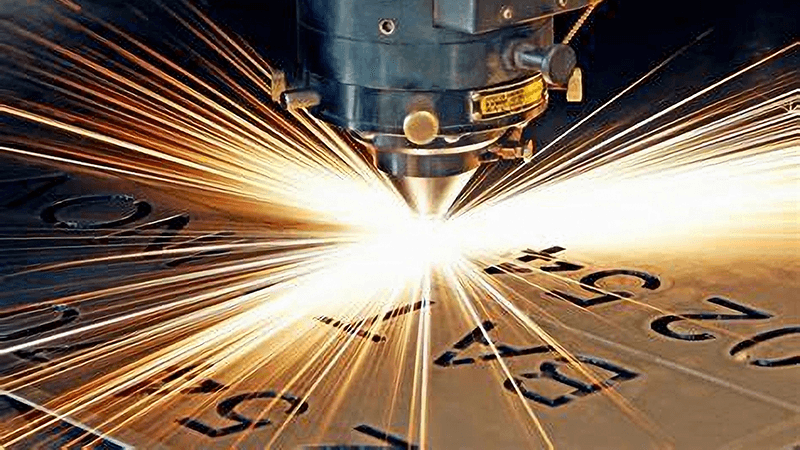
Can lasers reduce material waste effectively?
One of the most significant advantages of laser cutting is its efficiency. The precision of lasers means less waste, which translates into cost savings and more sustainable practices.
This technology offers several key advantages that make it highly effective at reducing material waste in manufacturing processes:
1>. Precision and Accuracy
Laser cutters can make precise cuts with tight tolerances, minimizing excess material removal and scrap. The focused laser beam creates a very small kerf (cut width), often less than 0.5mm, resulting in less wasted material compared to other cutting methods.
2>. Clean Cutting and Minimal Secondary Processing
Laser cutting produces high-quality edge finishes, eliminating the need for additional cleanup operations like grinding or filing. By cutting parts cleanly the first time, less extra material is wasted on secondary processing.
3>. Nesting Software and Remnant Management
Specialized nesting software automatically arranges parts to maximize material usage and minimize unused areas. Some systems also track remnants - partially used sheets - and suggest ways to reuse them for future jobs, further reducing waste.
4>. Reduced Heat Distortion
Fiber lasers limit the heat-affected zone around the cut, minimizing warping or deformation that could ruin parts. Less heat distortion allows parts to be nested closer together without risk of overlap, yielding more pieces per sheet.
5>. Automated Sorting and Offloading
Some laser cutters have automated systems to separate and offload finished parts, streamlining the process and reducing handling waste.
6>. Potential for Recycling Plastic Waste
Researchers have developed a method using lasers and 2D materials to break down plastic waste into its basic chemical building blocks. This process transforms the materials into reusable chemicals like luminescent carbon dots, offering a potential solution for recycling plastics that are difficult to break down with conventional techniques.
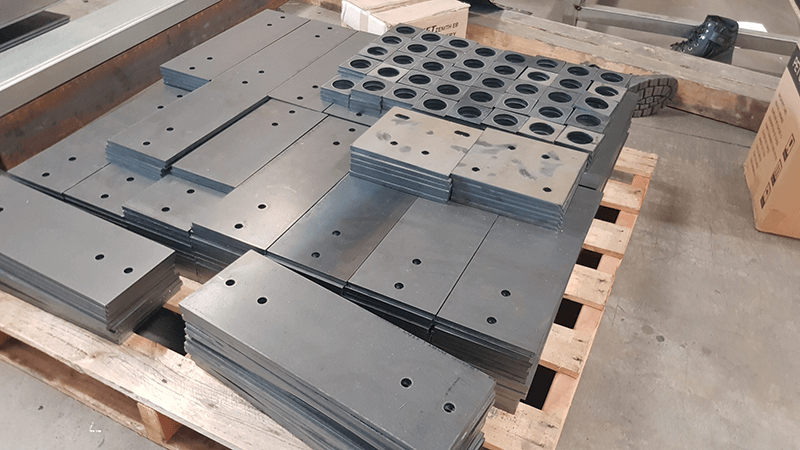
More Related Questions
Exploring further benefits of laser technology.
Besides precision and speed, metal cutting lasers offer repeatability, allowing for consistent results across production runs. This reliability is essential for maintaining quality standards.Additionally, metal cutting lasers minimize material waste through their narrow cutting width, enhancing cost-effectiveness. The ability to cut intricate designs without the need for extensive tooling also reduces setup time and operational costs.
Furthermore, laser technology can be easily integrated into automated production lines, increasing overall efficiency. This adaptability makes lasers ideal for diverse industries, from automotive to aerospace, ensuring they meet various manufacturing demands while maintaining high performance.
Understanding laser maintenance requirements.
While lasers are low-maintenance, regular checks ensure they operate at peak efficiency. Simple maintenance tasks can extend the life of the equipment and ensure optimal performance. Regularly inspecting and cleaning the optics, such as lenses and mirrors, is crucial to prevent energy loss and maintain cutting quality. Additionally, checking the cooling system helps prevent overheating, which can damage the laser and impact production.
Monitoring the alignment of the laser beam ensures precision cuts and reduces wear on components. Keeping a detailed maintenance log can help identify patterns and potential issues before they escalate, ensuring minimal downtime. By implementing a proactive maintenance schedule, businesses can enhance reliability, improve productivity, and ultimately reduce overall operating costs.
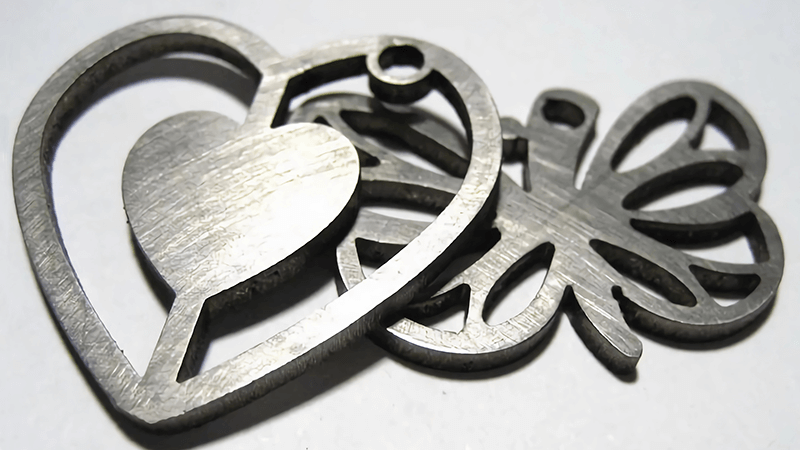
Assessing the long-term return on investment.
While the initial investment in laser technology may seem high, the long-term savings on labor, materials, and energy make it a smart financial decision.
Over time, laser technology significantly reduces operational costs by minimizing waste and maximizing efficiency. The precision of laser cutting leads to better material utilization, which lowers raw material expenses. Furthermore, the automation capabilities of laser systems decrease the need for manual labor, resulting in savings on wages and training. Additionally, lasers typically consume less energy compared to traditional cutting methods, contributing to lower utility bills.
The durability and reliability of laser equipment also mean fewer breakdowns and maintenance costs, enhancing the overall value of the investment. As production speeds increase and quality remains consistent, companies can scale their operations more effectively, leading to higher profits. Ultimately, the long-term return on investment from laser technology not only pays off the initial costs but also fosters growth and competitiveness in the market.

Conclusion
In a fast-paced industrial world, metal cutting lasers are revolutionizing manufacturing. They enhance precision, speed, and cost-effectiveness, making them indispensable for businesses aiming to thrive. Invest in laser technology to elevate your operations to new heights!
At Kirin Laser, we provide high-quality, customizable laser cutting machines designed to meet your unique needs. With a commitment to excellence and competitive pricing, our products are the perfect solution for optimizing your manufacturing processes.
Ready to transform your operations? Contact us today to discover how our laser cutting solutions can drive your business forward!
References:
1>. " How to Choose the Best Laser Cutting Machine for Steel Applications? " from Kirin Laser.
2>. "How Can You Achieve Optimal Laser Machine Cutting Performance?", from Kirin Laser.
3>. " Top Features to Look for in High-Performance Laser Cutters", from Kirin Laser.
4>. "Why Laser Machine Cutting is Revolutionizing Manufacturing?", from Kirin Laser.
5>. "How Lasers and 2D Materials Could Solve the World's Plastic Problem", from The University of Texas at Austin.


